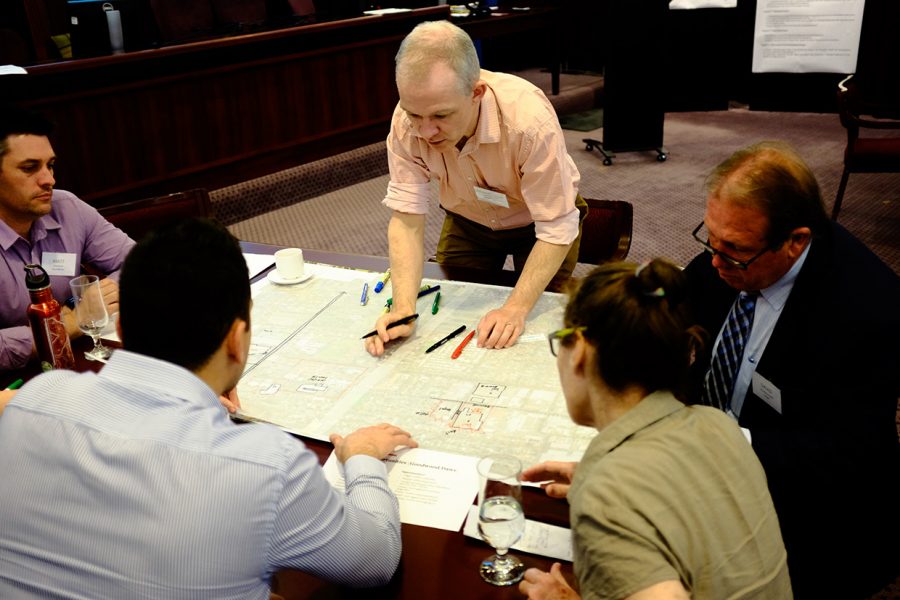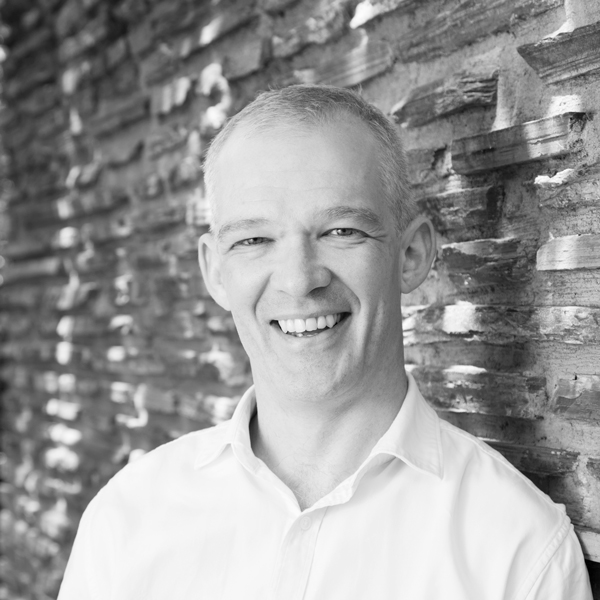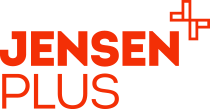The Brief Running Effective Workshops
This year at Jensen PLUS we have facilitated several multi-day design workshops – in city, suburb and regional locations. And whether you call them ‘co-design’ or ‘charette’ or ‘Enquiry by Design’, workshops can be a great way of planning and designing, fast and effectively. After 15 years of practice, here are my tips for running effective workshops.

1. Prepare, prepare, prepare
Detailed workshop planning is key to running an effective workshop, and not leaving anything important in the office. I use a workshop planning system tailored from training I did with Bill Lennertz from the National Charette Institute (USA) on his first visit to Australia in the early 2000s. Work the plan through several times and there won’t be as many surprises on the day. Digest the background information well and you might find you are the most knowledgeable person in the room, even if new to the location. And don’t assume the workshop participants have read anything prior to showing up!
2. Give permission to be creative
I am planning a co-design workshop in regional Victoria early next year, and last week a lady asked that the community be given ‘Permission to be creative’. (Some) people can be reluctant to share. It’s important in all workshops that participants are given the authority from leaders (usually at the start) to fully engage in the process. It’s also mostly the case that workshops are not decision-making forums. This gives people encouragement to pitch their solution, even if outside their day job.
3. Getting the ‘work’ out of workshops
Enquiry by Design workshops need the right participants, and it’s hard to get the right people together for two or more days. Others are often keen to be in the room (sometimes not the right others). Despite the logistical difficulty in gathering, it can be surprising how many become reluctant to ‘work’ part way through the process. Remember that a decent design workshop is hard work. Be flexible, and keep it interesting with new activities, asides and stories from other projects, visuals and even music. Keeping the energy up and collaboration going is all part of the challenge.
4. To design or not to design?
Designing, with stakeholders, is fundamental to many workshops, particularly in growth planning and urban renewal. But creating new design concepts is not always the objective of a workshop. Sometimes much work has gone before. The subject location might have been designed to death. Increasingly we are using Enquiry by Design techniques as ‘integration’ workshops, to interrogate and resolve sticky planning issues in an open forum and in a structured way.
5. Regional communities are made for workshopping
There are practical benefits of spending a decent time working when travel is required, often with a team, to a regional town or city. Regional workshops are often very successful. A big design workshop attracts a lot of attention. You might get in the local paper or even on TV. My experience is that regional communities are highly engaged. People are down to earth and ready to talk. Sometimes they come back for a second or even a third round of input through the workshop, and keep an eye on emerging ideas. Instant feedback!
For us at Jensen PLUS, workshops are an effective, efficient and collaborative way of working. Sometimes tiring, always fun.
Michael McKeown,
Director, Jensen PLUS

